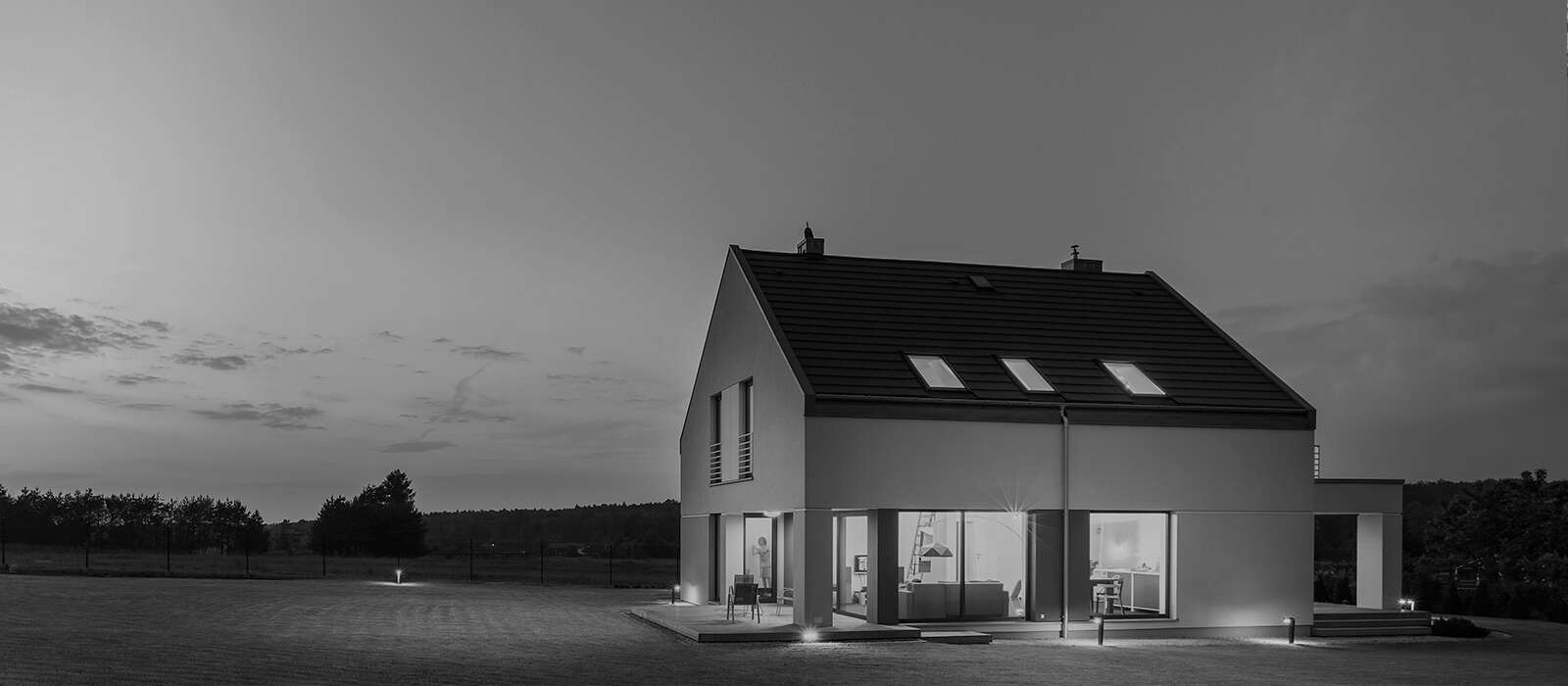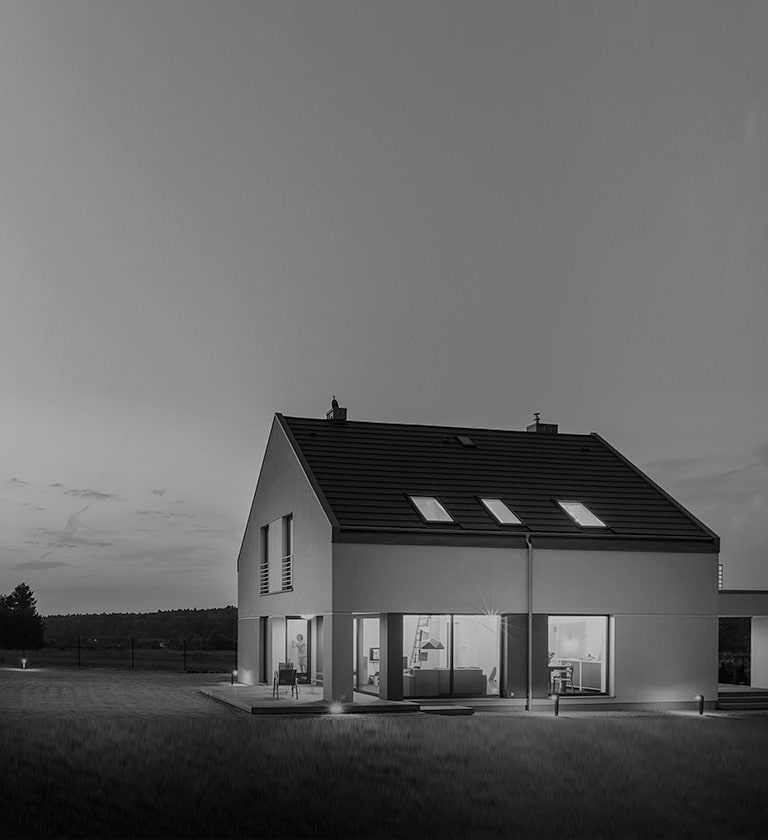-
Heat Pumps have continued to gain attention in recent years for lowering CO2 emissions and for reducing the use of fossil fuels. But there are different types of air-to-water heat pumps, and it’s hard to discern which type of heat pump might be right for your home or business. Which type of heat pump is the right choice for you? LG offers several types of air-source heat pump solutions, and we want to help you navigate the process of selecting the right one. Let’s look at what a heat pump is, where heat pumps should be installed, and the advantages provided by different types of air-to-water heat pumps.
-
What is a Heat Pump?
Heat pumps are able to extract as much as 75% of the energy they consume from ambient air or geothermal energy. They offer eco-conscious solutions that can replace systems such as boilers that use fossil fuels for hot water and heating. Heat pumps are not only used for heating and hot water supply, but can also be used for cooling. Heat pump technology is actually what makes the basic functionality of air conditioners possible. Like an air conditioner, a heat pump can cool your home, but it can also heat your home and provide hot water.
-
Where Should I Install My Heat Pump?
To help understand which type of heat pump is best for your home or business, let’s look at the different types of air-source heat pumps, also known as air-to-water heat pumps. Depending on their type, air-to-water heat pumps are generally made up of different configurations of outdoor units, indoor units and water tanks. The location and configuration of your heat pump system may also vary for each building type.


-
Heat pumps should be installed in a location that is not cluttered or enclosed because they require proper airflow in order to work most efficiently. It is recommended that you allow approximately a meter of space around the heat pump unit. Providing space around the unit will also make it easier to access for maintenance or service. While heat pumps can be installed on a flat rooftop, it is ideal to install them on a flat surface on the ground. They should also be installed at least one meter or more away from any property boundaries depending on noise emission regulations in your region.
*Each country or region has its own regulations concerning noise emissions for residential environments.


-
What type of heating system do you currently have? Do you have a hot water tank? Do you have space for a water tank? Do you have existing underfloor heating and radiator systems? Depending on your situation, the type of system and configuration may be different. As you’ll see with the LG Split, Monobloc, and Hydrosplit heat pump solutions, each type of solution offers benefits for different types of buildings. In particular, the LG Therma V R32 Monobloc is compatible with almost any type of indoor heating system, including underfloor heating and radiators that cover a wide range of leaving water temperatures.
-
Simple All-in-one Solution, Therma V Monobloc Heat Pump
As its name suggests, a monobloc heat pump system comes in a single unit. The components of a monobloc system are all contained in an outdoor unit that allows for more efficient use of indoor space. This means it only connects to a water tank, so there’s no need to install an indoor unit in your machine room. If you have an existing water tank, a monobloc can easily be connected. Depending on your existing heating system, you may also gain more space where a boiler was previously installed for storage or any other use. These self-contained systems do not require refrigerant piping and can be easily installed by simply connecting the water piping. They also eliminate the risk of refrigerant leaking into the house, as the only element that gets inside the house is water. Any trained heating system engineer can conveniently install a monobloc system without additional F-gas qualifications. While a monobloc system can save space indoors, the outdoor units can be larger and heavier than other air-to-water heat pumps, so it’s important to be sure that there is enough space to fit the unit on the property.


-
Flexible for Any Home, Therma V Split Heat Pump
Unlike a monobloc heat pump system, a split heat pump includes both an outdoor unit and a separate indoor unit. Also, unlike a monobloc or hydrosplit system (which we will discuss below), a split heat pump requires refrigerant piping between the indoor and outdoor units. Because the outdoor and indoor units are separate, the outdoor unit for a split system is smaller and takes up less space on the property, which also makes it a bit more flexible when deciding on a location for installation.


-
A split heat pump system uses refrigerant piping to go between the outdoor and indoor units, which eliminates the risk of the pipes freezing in the winter. This distance between units can also be as long as 50 meters, making installation even more flexible. With a wide range of indoor unit types that include wall-mounted units, Integrated Water Tank (IWT) units, and floor-standing high-temperature type indoor units, there are a lot of options from which to choose. IWT products are combined with a water tank, so you will not need to purchase a separate water tank. IWT units also provide even more efficient use of indoor space and more refined interior designs, as the water tank is fully integrated. Small-capacity split heat pumps are in particular demand for new houses that meet regulations for well-insulated buildings. An IWT allows small-capacity split heat pumps to meet the hot water needs of a home.
-
Only Uses Water, Therma V Hydrosplit Heat Pump
A hydrosplit heat pump system works in a very similar way to a split system. However, the big difference is that instead of refrigerant piping between the indoor and outdoor units like a split system, a hydrosplit uses water piping. The use of water for heating makes for a safer home environment by eliminating the risk of refrigerant leaking into the interior of a house. Various indoor unit options are also available for hydrosplit systems, such as wall-mounted units and IWT units.


-
As you can see, there are LG air-to-water heat pump solutions available to meet a variety of needs. You may need a monobloc system to save indoor space, a split system for flexible outdoor installation, or a hydrosplit or monobloc system for a safer operation environment. Whatever your requirements are, LG can help you choose the right air-to-water heat pump solution.
Please click the 'INQUIRY TO BUY' banner below to contact your local LG office for further information on solutions and products.







